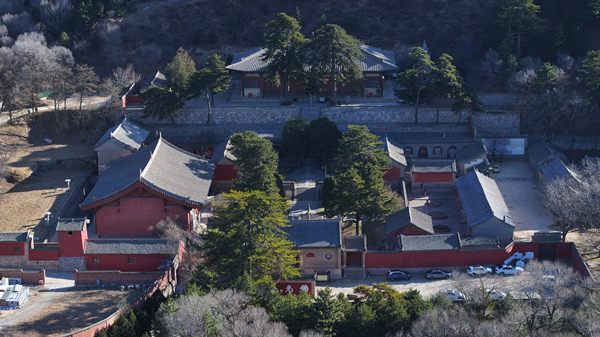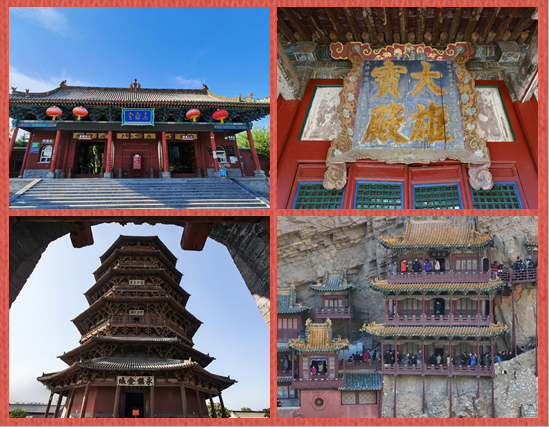Shanxi's Foguang Temple selected for UNESCO WHV program
Updated: 2025-05-23
Shanxi province's Foguang Temple was selected for the UNESCO World Heritage Volunteers (WHV) program at the "1st International Forum on Protecting Historic Buildings under Climate Change and Sustainable Development", which was held on May 21 in Taiyuan.
Foguang Temple is in Doucun town, Wutai county, Xinzhou city. The existing East Main Hall was rebuilt in 857 AD and is China's largest and most well-preserved Tang Dynasty (618-907) wooden structure. It holds significant cultural value in both Chinese and East Asian architectural history.

Foguang Temple. [Photo provided to goshanxi.com.cn]
Wang Jinxuan, project leader for the Foguang Temple under the UNESCO WHV program, explained that the initiative aims to train young volunteers on the history of the temple and climate impacts, engaging in public education activities and establishing an exchange platform between official and grassroots conservation forces.
Volunteers will participate in routine inspections, environmental monitoring, and the development of a systematic curriculum for cultural heritage protection, which will provide professional support for public education and volunteer training. "We hope more volunteers will join us in promoting the protection of cultural heritage amidst climate change," said Wang.
The WHV program, launched by the UNESCO World Heritage Centre in 2008, is a global campaign designed to mobilize and encourage young people, organizations, institutions, and communities to engage in the protection and promotion of world heritage through volunteer service.
This year, 89 projects from 41 countries were approved for the program, with nine projects in China.



